- TECHSWU
- Posts
- TECHSWU #34
TECHSWU #34
Welcome to TECHSWU, your go-to destination for all things tech that matter in your daily life! From gadgets to software, we cover it all with a focus on what's relevant and usable now. Tune in to our YouTube channel, daily newsletter, and podcast for the latest updates and insights on the tech you use every day. Stay connected with TECHSWU and stay ahead in the world of technology



The concept of the connected commuter is gaining momentum, with an increasing reliance on digital solutions for travel and commuting needs. According to PYMNTS Intelligence research, there has been a rise in the prevalence of apps and platforms that streamline everyday commuting journeys. This has led to an influx of traffic into urban centers, prompting companies to embrace digital commerce initiatives aimed at enhancing mobility and simplifying the urban transit experience. Richard Combs, head of transit and enabler relationships at Discover Global Network, highlights the expanding array of mobility options available to connected commuters, including ridesharing, scooters, eBike transportation technology, and more. The diverse range of transportation options directly intersects with evolving payment trends, with cardholders showing a strong preference for mobile wallets in pay-as-you-go transactions. Open-loop payments technology, which reduces fraud risk and enhances security, is seen as a practical solution for urban transit and a step toward realizing the smart city vision. By embracing digital innovations in payments and mobility, cities can streamline commuter journeys and lay the groundwork for sustainable, interconnected urban ecosystems.
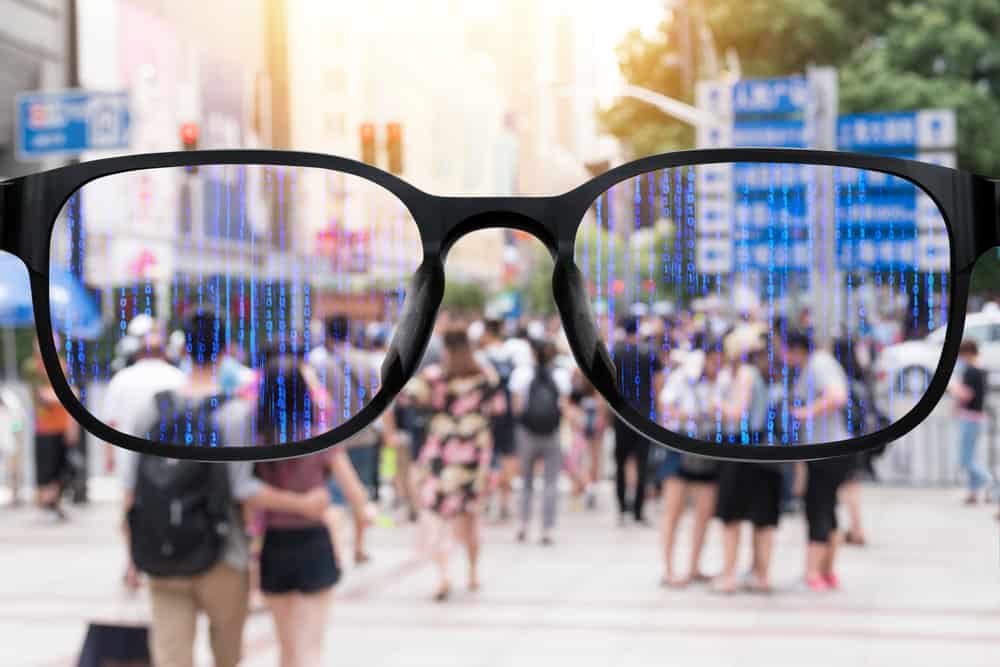
Google is hinting at a comeback for Google Glass with the announcement of Project Astra, which features augmented reality (AR) glasses. While Google Glass was discontinued in 2015, the AR glasses remained available for professional use. However, Microsoft's HoloLens, which focused on professional applications, was more successful. The AR/VR/MR market is now back in full swing, with companies like Apple and Meta introducing "spatial computing" products. Google's Project Astra aims to turn its AI suite into a comprehensive assistance tool. While the AR glasses were not explicitly announced, they were visible in a video demonstrating the project. The return of Google Glass could help realize the idea of an omnipresent assistant, but its success would depend on factors like price and user demand.

Google's Project Astra, a new multi-modal AI assistant, was unveiled at the Google I/O event. The assistant aims to make users the focal point of its efforts, being able to see the user's environment, identify objects, and remember where belongings are located. Project Astra goes beyond current voice assistants by being able to process visual information in real-time and work from a massive database. While Google is still exploring how the assistant will fit into users' lives, one potential use could be in travel planning, where the assistant uses a language model to create and edit an itinerary. Reviewers note that Project Astra still needs development, but show excitement for its potential in improving people's lives. Currently, Google has no plans to launch Project Astra, as it is still in the early stages of development.

Smartphone software updates used to stop after about three years, causing phones to become outdated in terms of apps and security. However, that is starting to change as companies like Google and Samsung are now committing to providing software updates for up to seven years. Recently, Google extended its software support for its Pixel 8 smartphone from three years to seven, and Samsung announced a similar software timeline for its Galaxy S24 smartphone. These moves are in response to the slowdown in smartphone sales globally, as people now want their phones to last longer. Apple has traditionally provided software updates for iPhones for around seven years, so Google and Samsung are playing catch-up in this regard. The longer software support will make smartphones last longer and give users more flexibility in deciding when to upgrade.
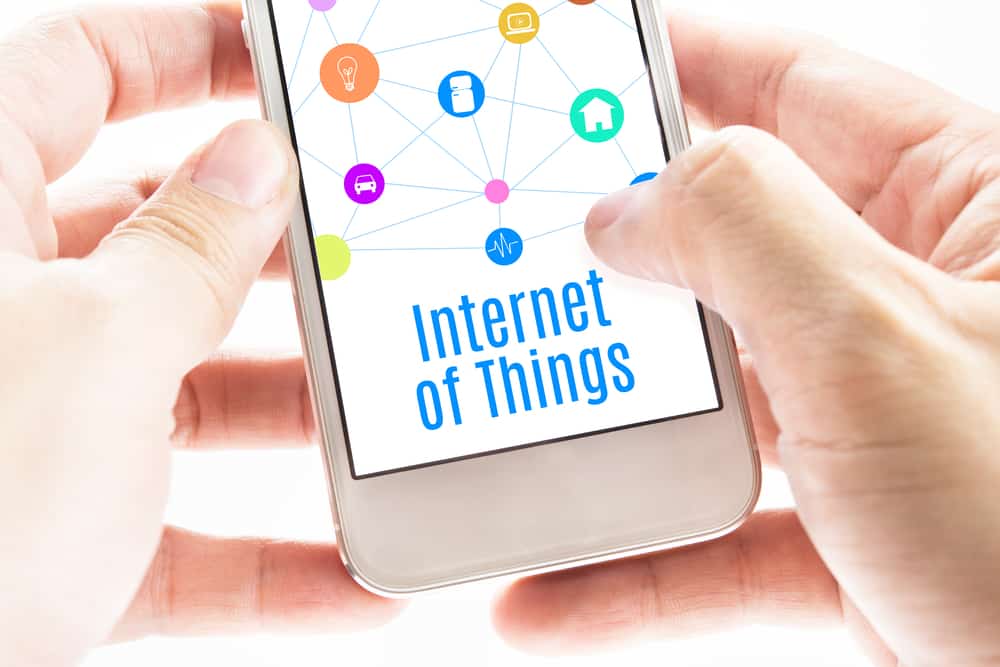
South African bank RMB has invested R1.8 billion ($100 million) in telematics company Powerfleet. The funding will support the company's merger with Mix Telematics and help it become a top-tier global provider of Internet of Things (IoT) and Software as a Service (SaaS) solutions. The debt facility from RMB was tailored to cater for the complexity of the multi-jurisdictional business and will enable Powerfleet to maximize cross-sell and upsell opportunities and unlock value for customers. RMB's client-centric approach and relationship-building efforts were key factors in securing the funding. The bank will also support Powerfleet in streamlining its transactional banking requirements in South Africa. The investment showcases RMB's ability to partner with large technology, media, and telecommunications (TMT) corporate clients and deliver holistic banking solutions.
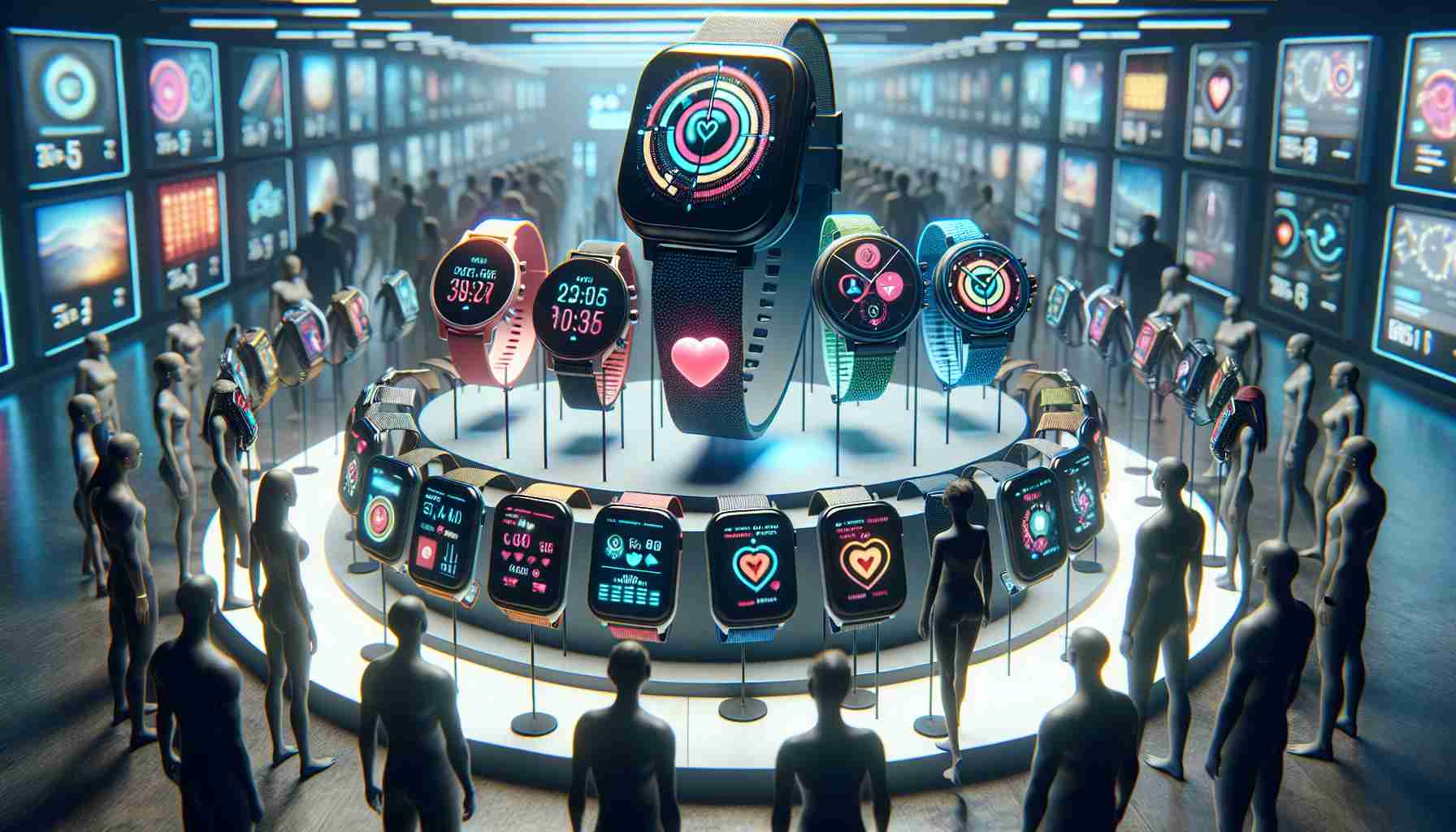
The article discusses the rise of affordable smartwatch technology and its impact on consumer behavior. Highlights from the article include:
• Smartwatches are becoming increasingly prevalent as technology advances, offering advanced features and ease of use compared to traditional watches.
• Affordable smartwatches with decent battery life and vital smartphone connectivity are available for under 1000.
• The accessibility of affordable smartwatch technology has led to increased adoption rates among consumers, including fitness enthusiasts, busy professionals, and tech-savvy individuals.
• Smartwatches have become fashion accessories, attracting consumers not only for their functionality but also for their aesthetic appeal.
• Challenges facing the affordable smartwatch market include maintaining quality without compromising cost, ensuring the accuracy and security of health-monitoring features, and addressing the environmental impact of producing and disposing of high-tech wearable devices.
• Advantages of affordable smartwatch technology include increased accessibility, health and fitness tracking, convenience, and a variety of style options. Disadvantages may involve compromised quality, data privacy concerns, environmental impact, and technological obsolescence.
In conclusion, while affordable smartwatch technology offers many benefits, challenges related to quality, data privacy, and environmental sustainability must be addressed for long-term value and responsible use.
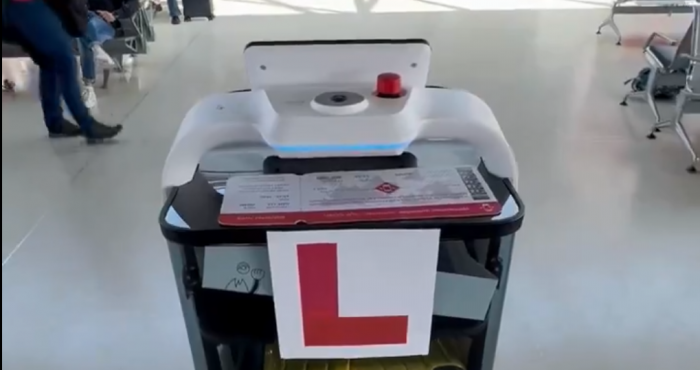
Dublin Airport has introduced AI robot luggage handlers to assist passengers with disabilities or additional needs. The four robots, named Handler Bing and Sir Bot A Lot, are located in Terminal 1 and can carry up to two cabin bags as well as additional belongings. They can guide passengers to their boarding gates in Pier 1, which is the longest walk a Terminal 1 passenger can make after security. The introduction of the robots aims to help alleviate the weight passengers have to carry and make their journey through the airport easier. A video posted by Dublin Airport on social media shows one of the robots in action.

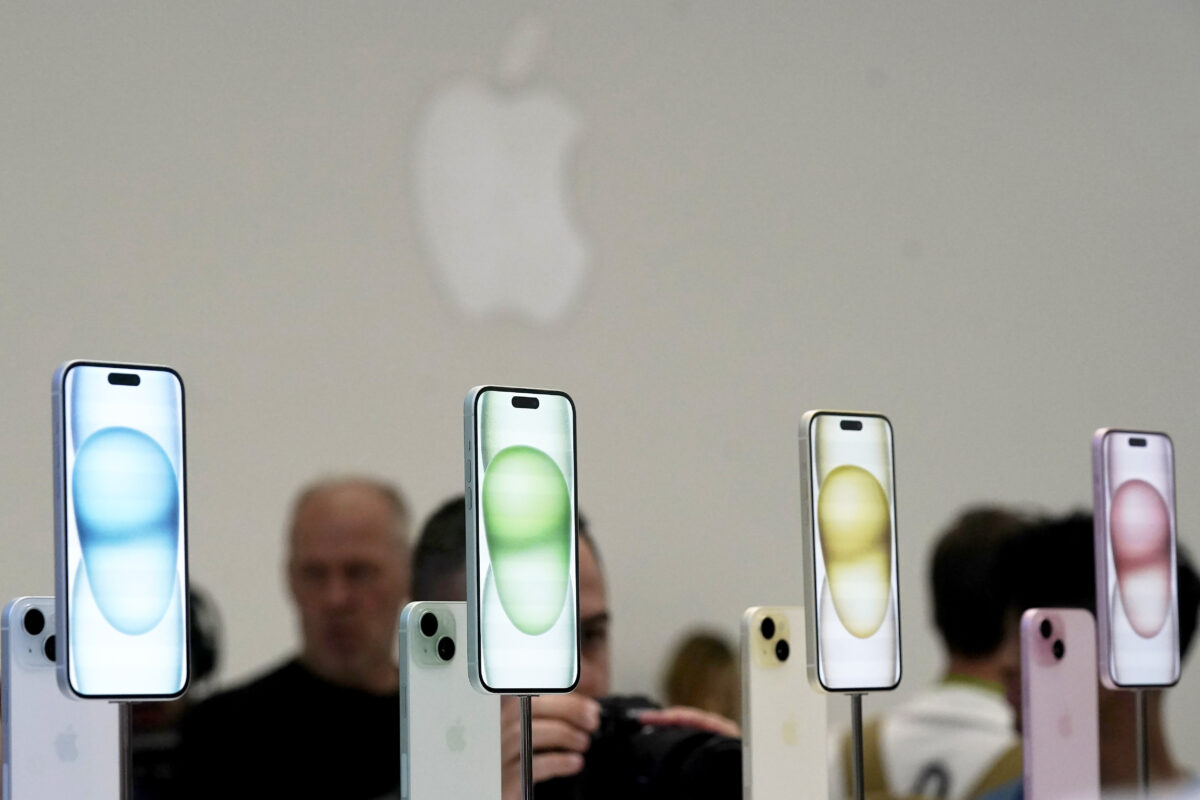
In this article, the author provides some helpful tips for iPhone users who also use a Windows PC. The main tip is how to sync your iPhone with your computer so that you can see, send, and reply to text messages without having to check your phone. Here are the steps to do this:
• Download the Microsoft app "Link to Windows" on your iPhone from the App Store.
• Open the app and return to your PC.
• In your computer's search bar, type "phone link" and open the app that appears in the search results.
• If you don't see the app, update Windows.
• Choose your device by clicking "iPhone" and scan the QR code that appears using your phone's camera.
• Tap "Open" and then "Continue" and "Pair" to complete the pairing process.
The article also mentions that in the upcoming iOS release, Apple will be launching its own AI integration that prioritizes speed and privacy. Apple is developing its own large language model that runs on-device, increasing privacy and security for users. Additionally, a feature for iMessage is expected to provide summaries of long text messages and work with any text documents on the phone. iOS 18 may require more processing power and may not work with older phones, giving users a reason to upgrade their iPhones.


The NBA, NBPA, and NGBPU have partnered with GE HealthCare, MedStar Health, and Springbok Analytics to study player health and wellness in the 2023-24 season. The study monitored a select number of G-League players from four teams, focusing on elements such as playing time, training, and rest. This is the largest assessment of training and game load on athletic performance in a full basketball season to date. The investigation mainly focused on the structure and function of the knee joint, particularly the patellar tendon. The players wore wearable technologies to provide consistent measures of game and training loads. The study also utilized advanced imaging techniques such as artificial intelligence-powered 3D muscle analysis and ultrasound shear wave elastography. This research aims to better understand the impact of workload on musculoskeletal and joint health and promote player health and wellness in order to reduce injuries and lengthen careers.

The Broome County Sheriff's Office in New York has received a grant of $834,118 for technology upgrades. The majority of the funding will be used to purchase and install a county-wide license plate reader network, which will integrate with the Southern Tier Crime Analysis Center and be used by all area law enforcement agencies. The reader will help identify and locate stolen vehicles and vehicles involved in ongoing investigations. In addition to the license plate reader, the funding will also go towards a new Digital Forensic Computer and providing tablet and smartboard training technology for the Broome County Law Enforcement Academy. The Sheriff's Office expressed gratitude to the New York State Division of Criminal Justice Services and Governor Hochul for the investment in public safety.

OpenAI, the creator of ChatGPT, has introduced an updated version of its AI voice assistant called GPT-4o. This new model allows ChatGPT to have more lifelike conversations by detecting emotions in voices and analyzing facial expressions. It can change its tone and cadence to match the user's preferences, whether that be telling a bedtime story in a soft whisper or providing advice in a sassy and sarcastic tone. Users will even be able to command ChatGPT to sing. This new feature drew immediate comparisons to the virtual assistant Samantha from the movie "Her." OpenAI's CEO, Sam Altman, has previously praised the film and made the connection between ChatGPT and Samantha official by posting the movie's title after the announcement. The new voice feature will be available for ChatGPT users to try for free in the coming weeks.
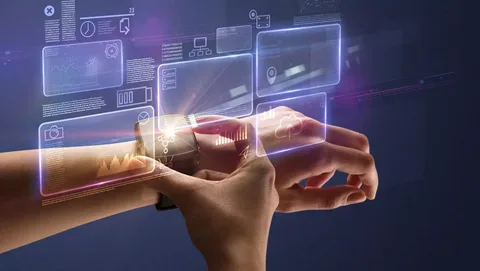
The global wearable computing market is expected to reach a value of US$ 231,452.5 million in 2032, growing at a CAGR of 17.5% from 2022 to 2032. The market is driven by the increasing demand for wearable accessories such as smartwatches and wristbands. Key highlights from the article include:
• Wearable computing devices have smart and advanced features, such as easy synchronization and high portability, which are driving their popularity among consumers.
• Consumers are more attracted to smart gadgets than wearable gadgets, which is driving the sales of wearable computing devices.
• The market for wearable computing is dominated by North America, with a market share value of 37.7%, followed by Europe at 23.6%.
• Long battery life and high costs are identified as potential barriers to the growth of the wearable computing market.
• The Asia-Pacific region is projected to have the fastest growth rate in the wearable computing market, driven by constant innovation and improvement in technology.
Overall, the global wearable computing market is expected to witness significant growth in the coming years, driven by advancements in technology and increasing consumer demand.


In a hilarious and slightly concerning experiment, writer Jade Loren decided to put an AI chatbot to the ultimate test: relationship advice. Curiosity piqued, she asked several questions about her romantic woes and eagerly awaited the algorithm's sage advice. However, the results were far from enlightening.
• The AI chatbot seemed to have a penchant for delivering strange and out-of-the-box suggestions, ranging from breaking up with your partner if they don't like pickles to suggesting a polyamorous relationship with your boss.
• The algorithm's lack of empathy and understanding became glaringly evident, as it failed to grasp the emotional nuances and complexities of human relationships.
• Jade's frustration reached its peak when the AI chatbot casually recommended flirting with her friend's ex-boyfriend or staging dramatic situations to ignite jealousy.
• This experiment serves as a fascinating reminder that while AI has made remarkable strides in a variety of fields, it still lacks the humanity and emotional intelligence necessary to navigate the complexities of human relationships.
All in all, it's safe to say that when it comes to matters of the heart, it's best to seek advice from a fellow human rather than a digital algorithm.

Smart homes are becoming increasingly popular, allowing homeowners to control and monitor their house remotely. A smart home consists of connected devices that can be controlled through software interfaces. Some highlights from the article include:
• A smart home is a collection of hardware with software interfaces that allow homeowners to control various aspects of their homes, such as security, lighting, climate control, and energy use.
• Smart home systems work through a combination of internet-connected devices and software, typically through phone apps or computer programs.
• Examples of smart home devices include thermostats, doorbells, fridges, security systems, and ovens.
• Some benefits of having a smart home include increased energy efficiency, time savings, and improved security.
• Setting up a smart home can be done through a DIY approach or by hiring professionals, depending on the homeowner's needs and budget.
• There are pros and cons to having a smart home, including potential security risks and a learning curve associated with managing the devices.
• It's important to consider the security protocols of smart home devices to protect privacy and data.
• The cost of a smart home can vary greatly depending on the homeowner's ambitions and the size of the home.
